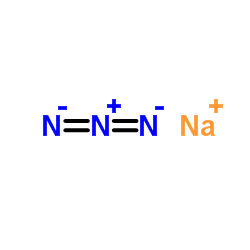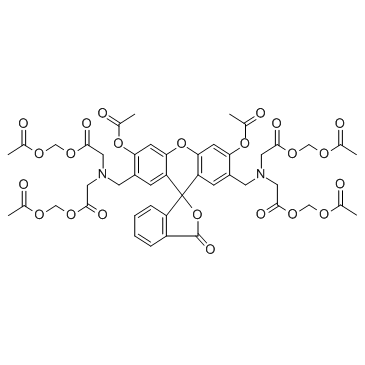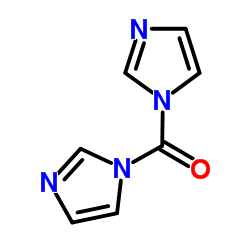| Structure | Name/CAS No. | Articles |
|---|---|---|
 |
Sodium azide
CAS:26628-22-8 |
|
 |
Calcein-AM
CAS:148504-34-1 |
|
 |
N,N-Carbonyldiimidazole
CAS:530-62-1 |